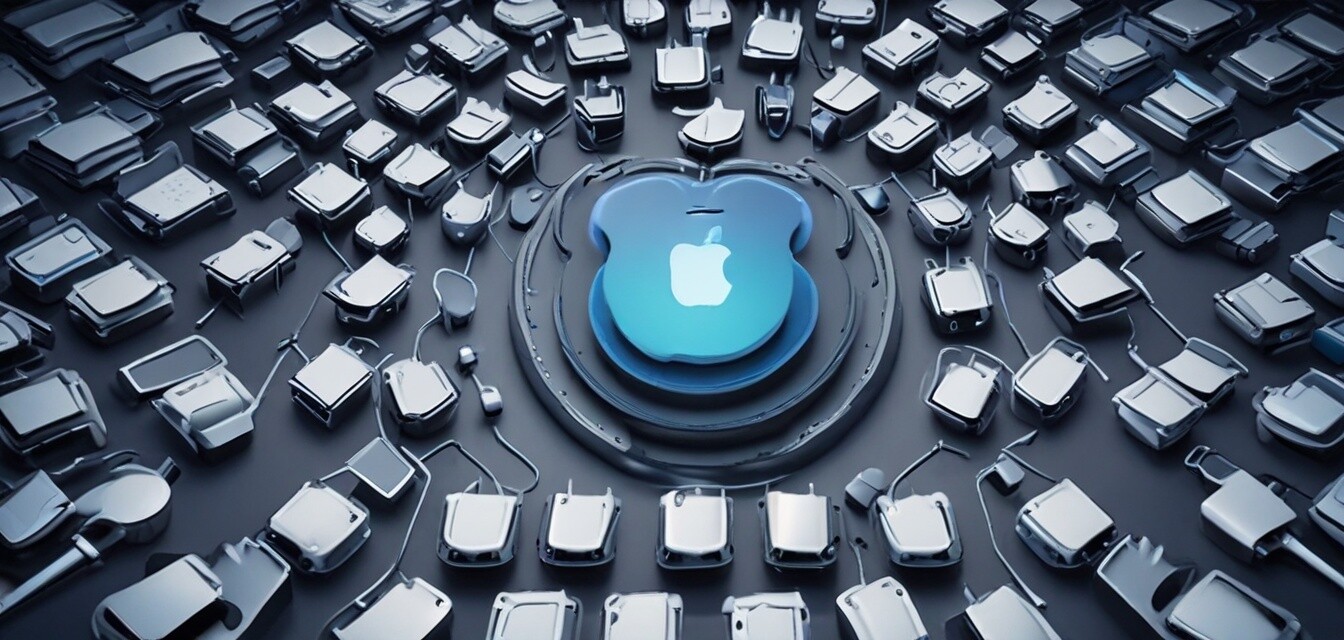
How Apple's Privacy Policies Impact Users
Key Takeaways
- Apple's privacy policies emphasize user control over personal data.
- The introduction of App Tracking Transparency has changed app developers' strategies.
- Users experience enhanced security features across devices.
- Apple continues to advocate for privacy as a fundamental right.
- The impact of these policies varies among different user demographics.
In an increasingly digital era, privacy has become a fundamental concern for users. Apple's strong stance on privacy policies has not only redefined user experiences but also influenced how companies approach personal data handling. This article explores the implications of these policies on users across their devices.
Understanding Apple's Privacy Commitment
Apple has consistently marketed itself as a company that values user privacy. The following sections break down their core privacy commitments:
Transparency and user control
Apple’s policies aim to provide clarity around data usage and offer users more control over how their information is used. Key elements include:
- Detailed privacy settings available on devices.
- Reports on apps that track user data.
- Encouragement of opting for minimal data sharing.
App Tracking Transparency
One of the most pivotal features introduced by Apple is App Tracking Transparency (ATT). This initiative gives users the power to make informed choices about their data. The effects include:
| Effect | Description |
|---|---|
| Consumer Awareness | Users are more informed about data collection practices. |
| Developer Adjustments | App developers must adapt their strategies to comply with new privacy norms. |
| Market Shifts | Shifts in advertising strategies are observed as companies navigate new regulations. |
Enhanced Security Features across Devices
Apple's privacy policies lead to significant enhancements in security features across devices:
- End-to-End Encryption: Secure communication via iMessage and FaceTime ensures that only the sender and receiver can access the conversation.
- Privacy Labels: The App Store now includes privacy information on all applications, allowing users to see how their data will be used.
- Find My iPhone: This feature helps users locate their devices while maintaining their privacy through encryption.
Impacts on User Demographics
Apple’s privacy policies are not one-size-fits-all. The impact varies across different user demographics:
| Demographic | Impact of Privacy Policies |
|---|---|
| Adults 18-34 | Highly aware and often advocating for privacy, actively using features like ATT. |
| Adults 35-54 | Increasingly cautious regarding privacy, appreciating improved transparency. |
| Adults 55+ | May require education on privacy features, but value security and ease of use. |
Future Outlook on Apple’s Privacy Policies
As technology continues to evolve, users can expect further developments in privacy policies from Apple. Anticipated trends include:
- Increased regulatory scrutiny leading to even stricter privacy standards.
- Continued innovation in security features.
- Shifts in user behavior toward greater demand for privacy-centric products and services.
Conclusion
Apple's privacy policies have significantly reshaped the user experience across its devices. By prioritizing transparency and control for users, Apple has positioned itself as a leader in privacy advocacy. As the digital landscape changes, ongoing attention to privacy will likely continue to impact how users interact with technology. To learn more about Apple’s offerings, check out our categories on AirPods and audio accessories and latest iPhones.
Pros
- User control over personal data.
- Improved transparency regarding data usage.
- Enhanced security features across devices.
Cons
- Potential learning curve for older demographics.
- Impact on app developers' monetization strategies.